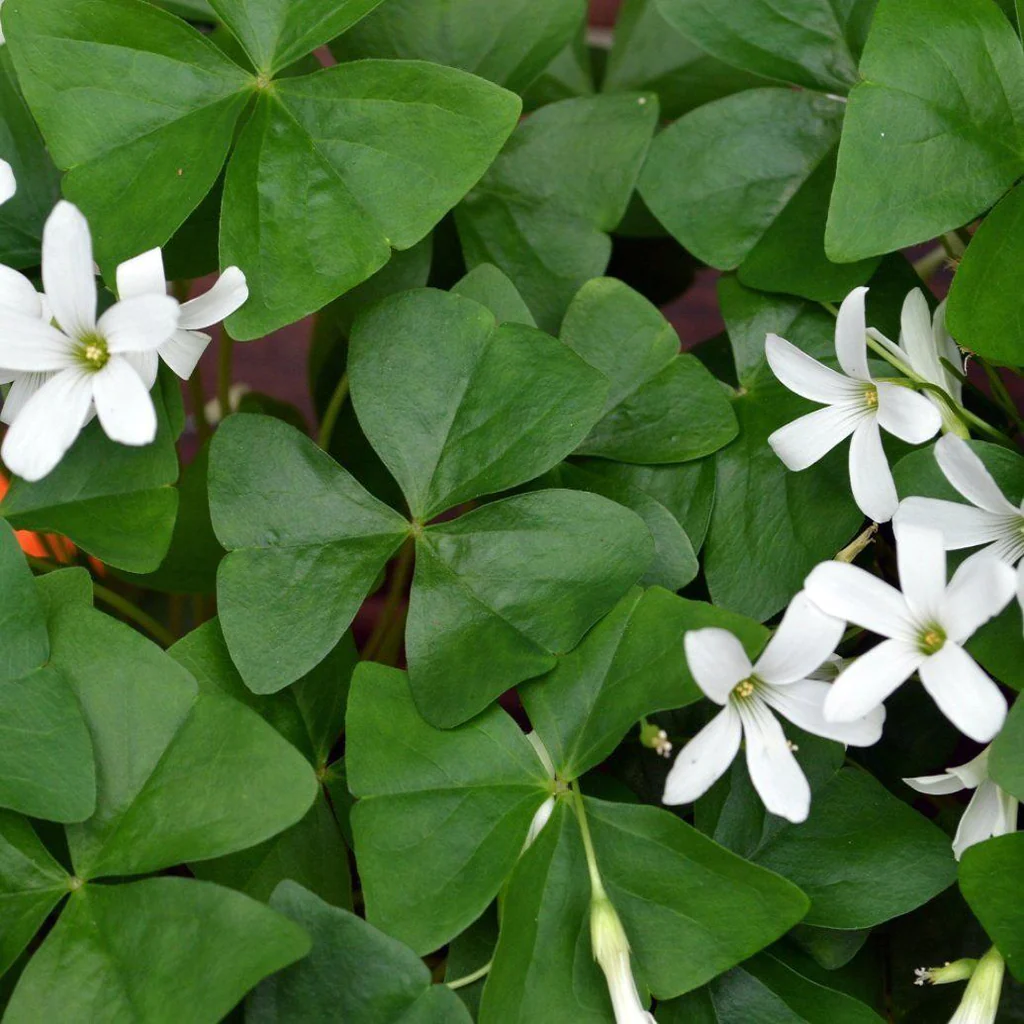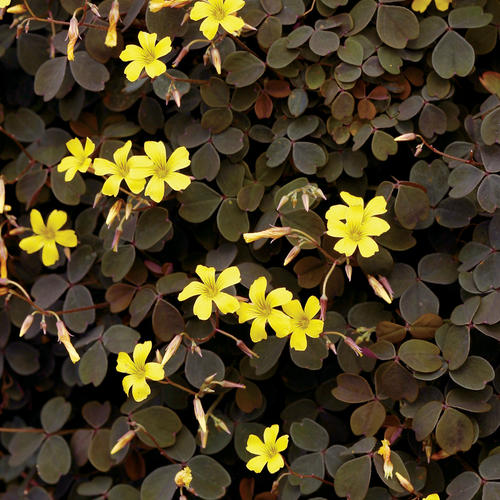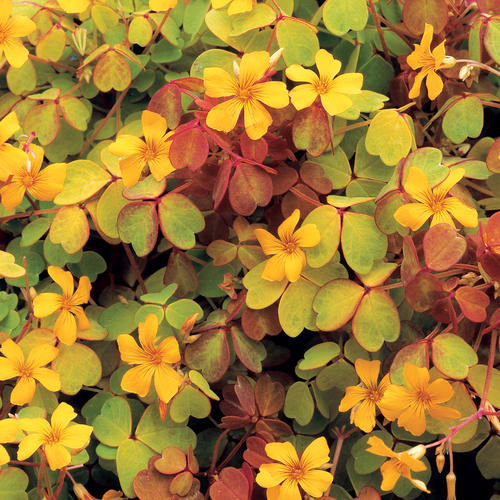Introducing Creeping Phlox: The Perfect Ground Cover for Your Garden!
Are you looking for a stunning, low-maintenance ground cover to transform your garden? Look no further than Creeping Phlox! With its vibrant colors, easy care, and versatility, Creeping Phlox is a must-have for any garden enthusiast.
Benefits:
- Beautiful Blooms: Creeping Phlox boasts clusters of colorful flowers that bloom profusely in spring, creating a breathtaking carpet of color.
- Low Maintenance: Once established, Creeping Phlox requires minimal maintenance, making it ideal for busy gardeners.
- Drought Tolerant: Thriving in dry conditions, Creeping Phlox is perfect for gardens in need of a water-wise solution.
- Attracts Pollinators: Bees, butterflies, and other pollinators are drawn to the nectar-rich flowers of Creeping Phlox, making it an Eco-friendly choice.
- Erosion Control: With its dense, spreading growth habit, Creeping Phlox effectively prevents soil erosion on slopes and embankments.
Uses:
- Ground Cover: Fill in bare spots in your garden with a lush carpet of Creeping Phlox.
- Rock Gardens: Add a pop of color to rock gardens or alpine landscapes with Creeping Phlox.
- Borders and Edges: Create defined borders or soften the edges of pathways with the trailing foliage of Creeping Phlox.
- Containers: Plant Creeping Phlox in containers or hanging baskets for a cascading display of color on your patio or balcony.
Cultivation Tips:
- Sunlight: Plant Creeping Phlox in a location with full sun to partial shade for optimal blooming.
- Soil: Ensure well-drained soil with a neutral to slightly alkaline pH.
- Watering: Water newly planted Creeping Phlox regularly until established, then water sparingly during dry spells.
- Pruning: Trim back spent flowers after blooming to encourage a neat appearance and promote future growth.
- Propagation: Easily propagate Creeping Phlox by division in spring or early fall.
Companion plants: Bulbs: Daffodils, Crocus, Tulips, Daylilles, Catmint, Coneflowers
Don’t miss out on the beauty and benefits of Creeping Phlox! Visit us today to add this versatile ground cover to your garden and watch it thrive year after year.






 In the realm of houseplants, there exists a gem that not only graces our living spaces with its beauty but also symbolizes luck and prosperity. Meet the Shamrock Plant aka Oxalis plant, a delightful addition to any indoor oasis or outdoor garden, particularly thriving in warmer climates. Whether you’re a seasoned green thumb or just beginning your journey into the world of gardening, embracing the charm of Oxalis promises to fill your surroundings with boundless joy.
In the realm of houseplants, there exists a gem that not only graces our living spaces with its beauty but also symbolizes luck and prosperity. Meet the Shamrock Plant aka Oxalis plant, a delightful addition to any indoor oasis or outdoor garden, particularly thriving in warmer climates. Whether you’re a seasoned green thumb or just beginning your journey into the world of gardening, embracing the charm of Oxalis promises to fill your surroundings with boundless joy.

